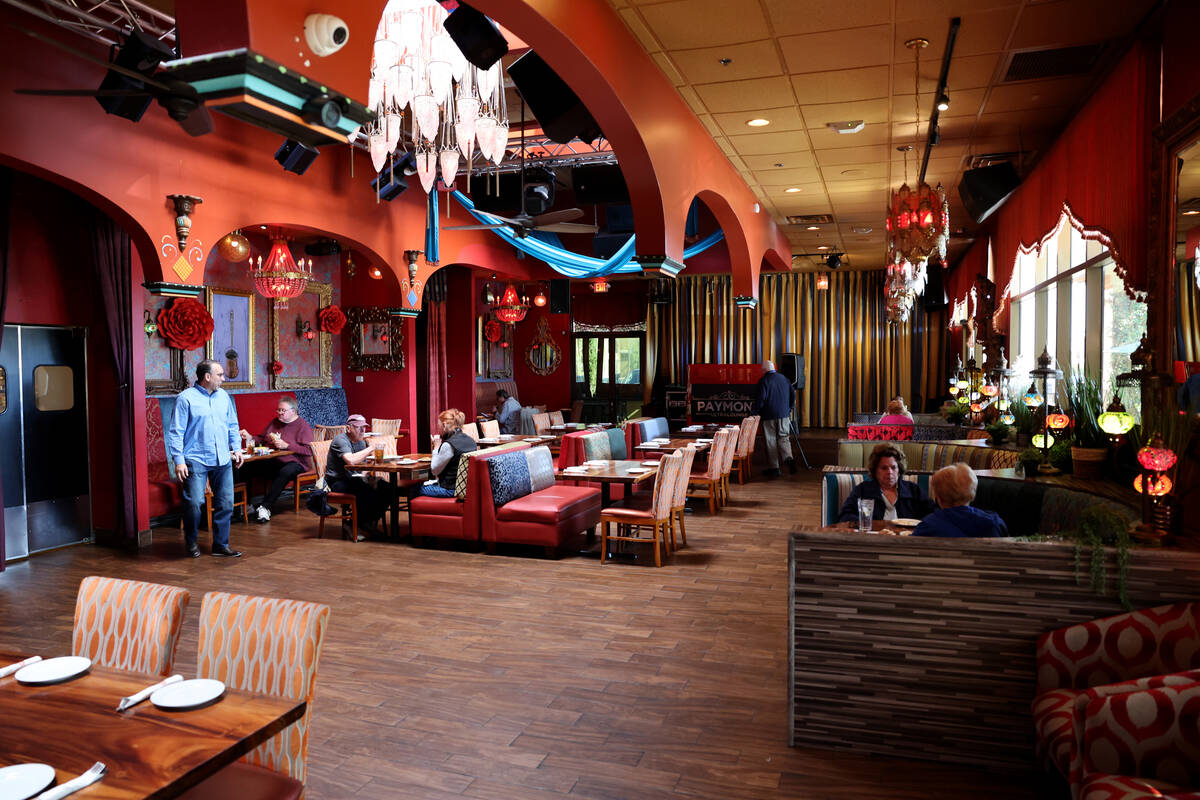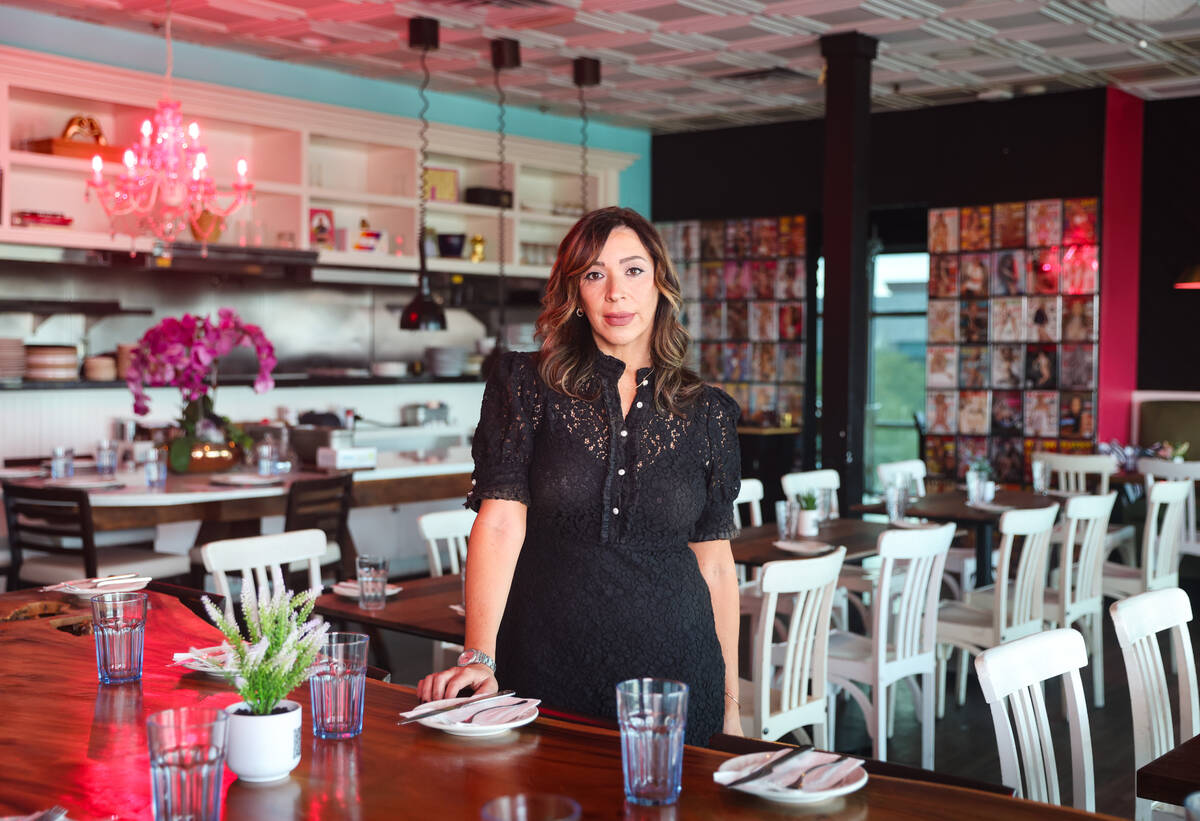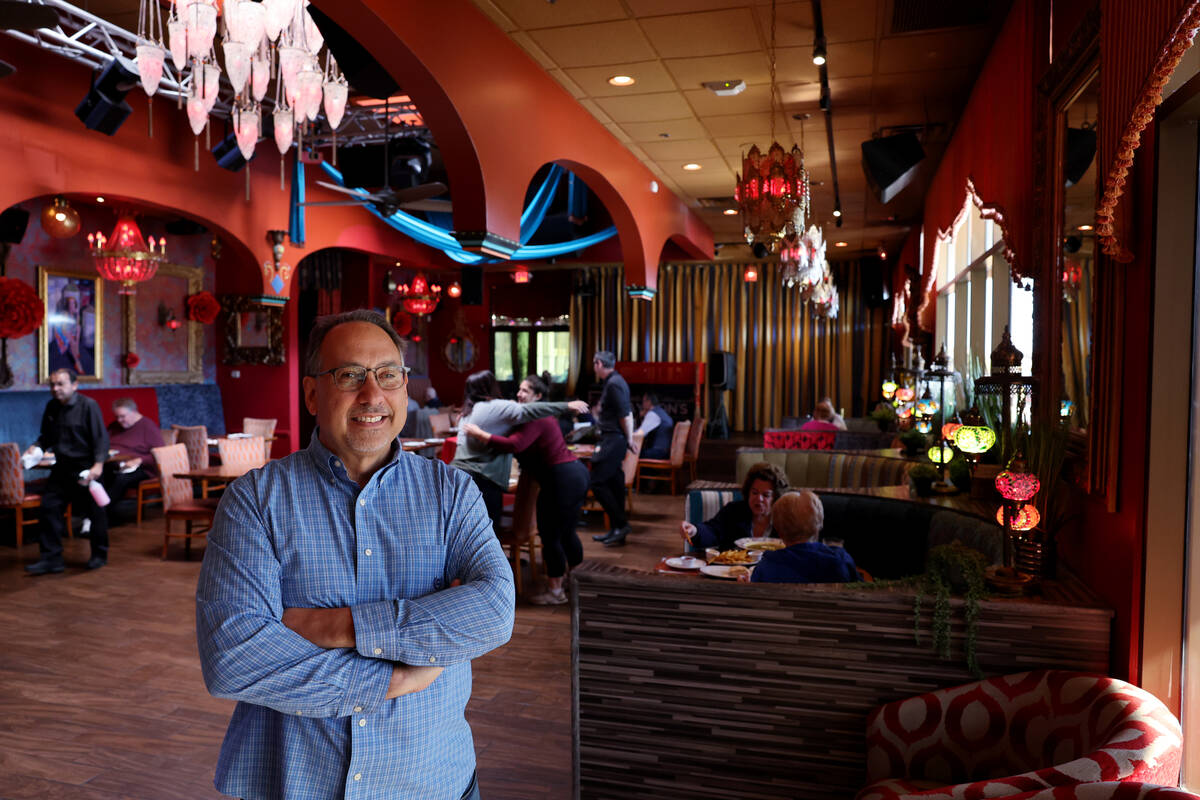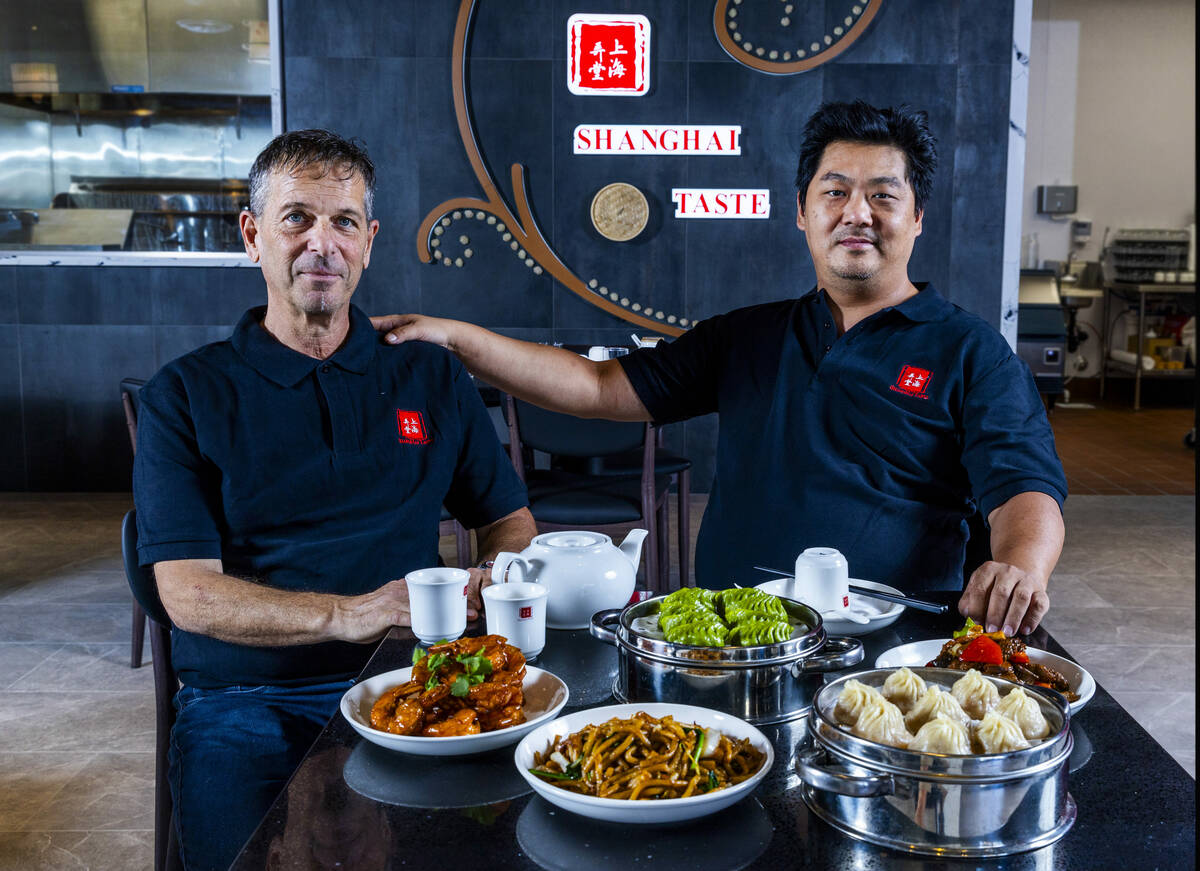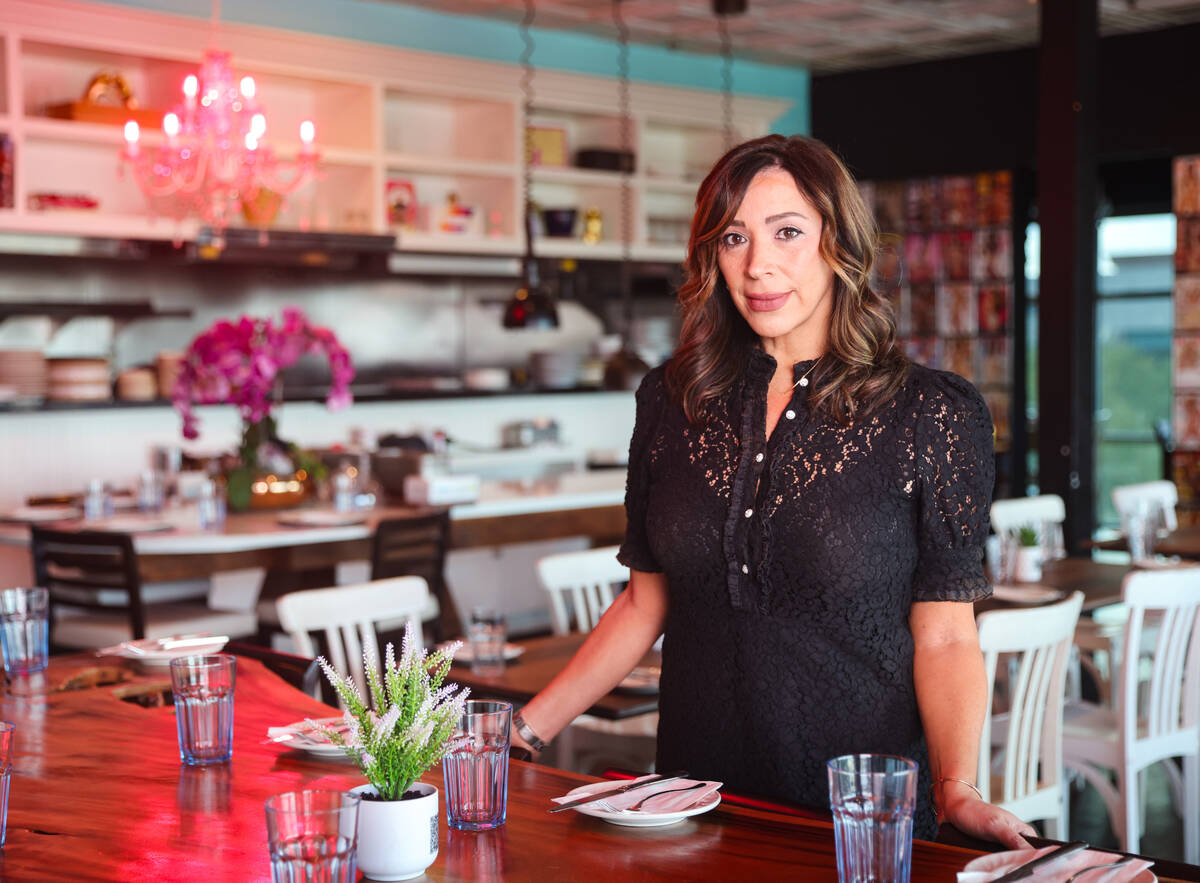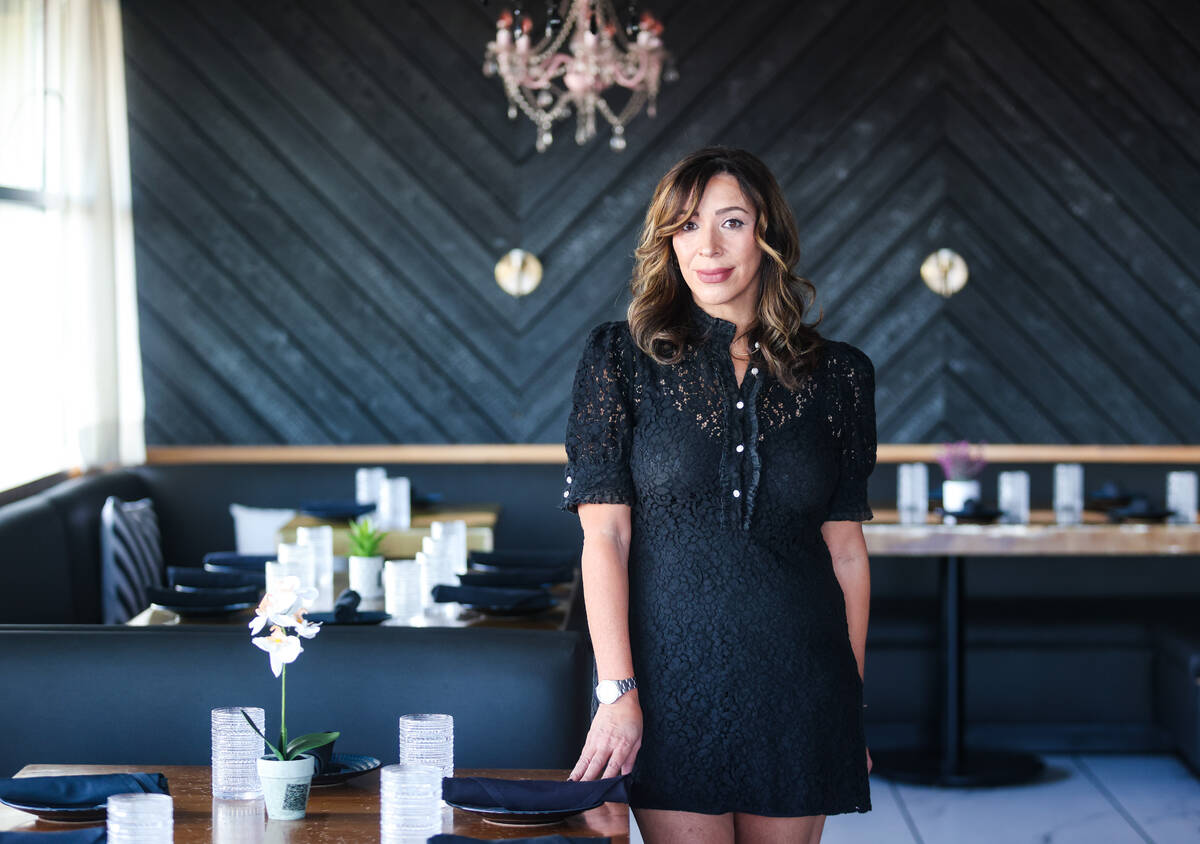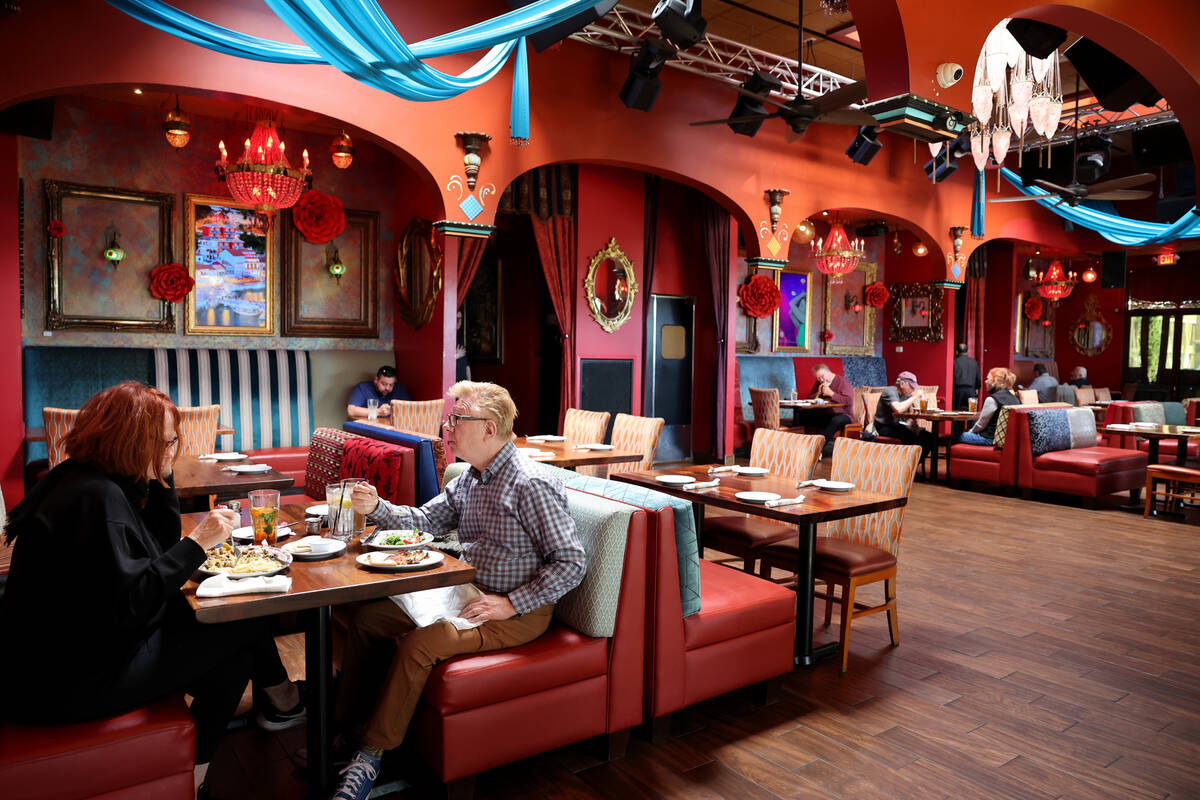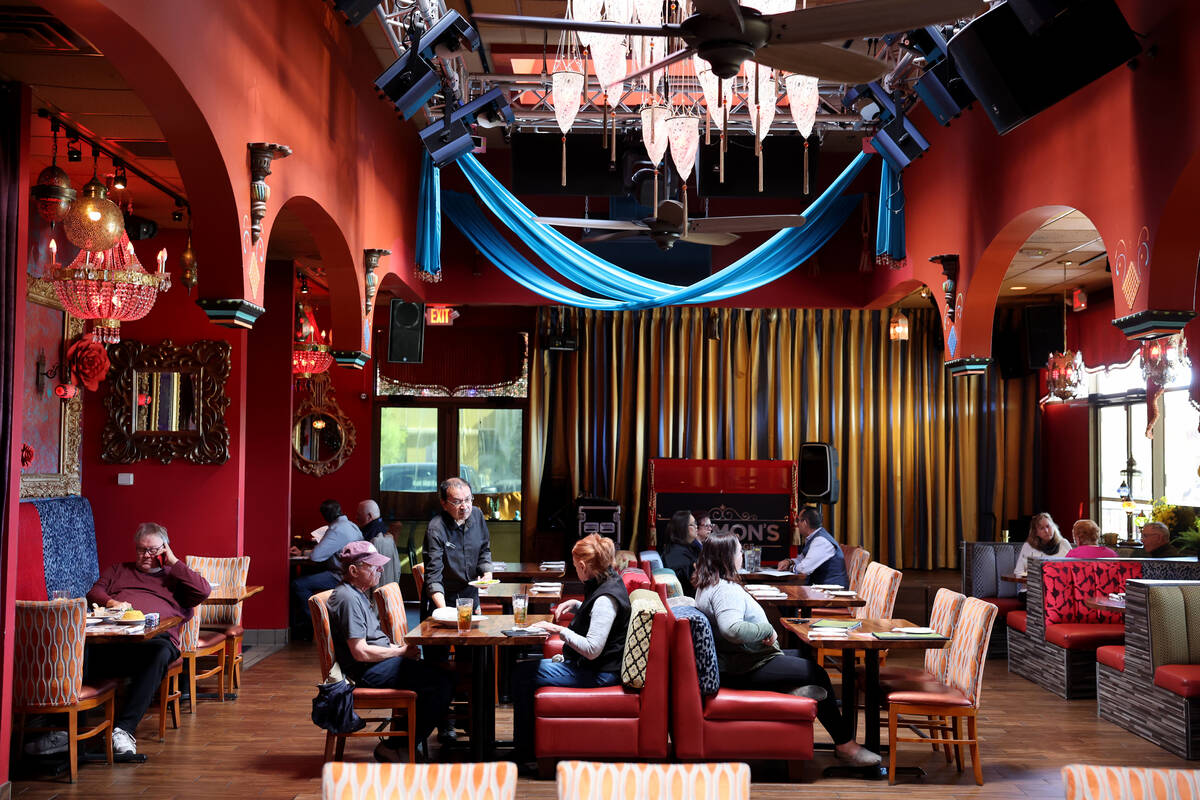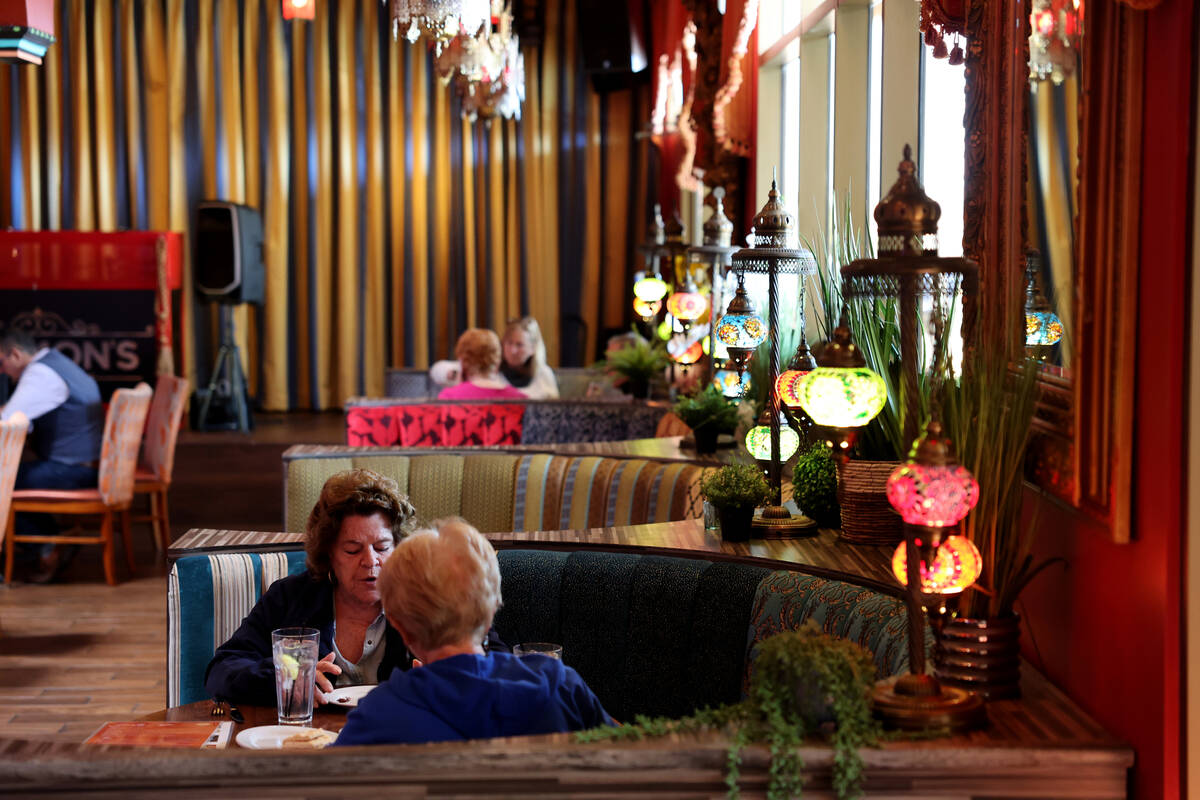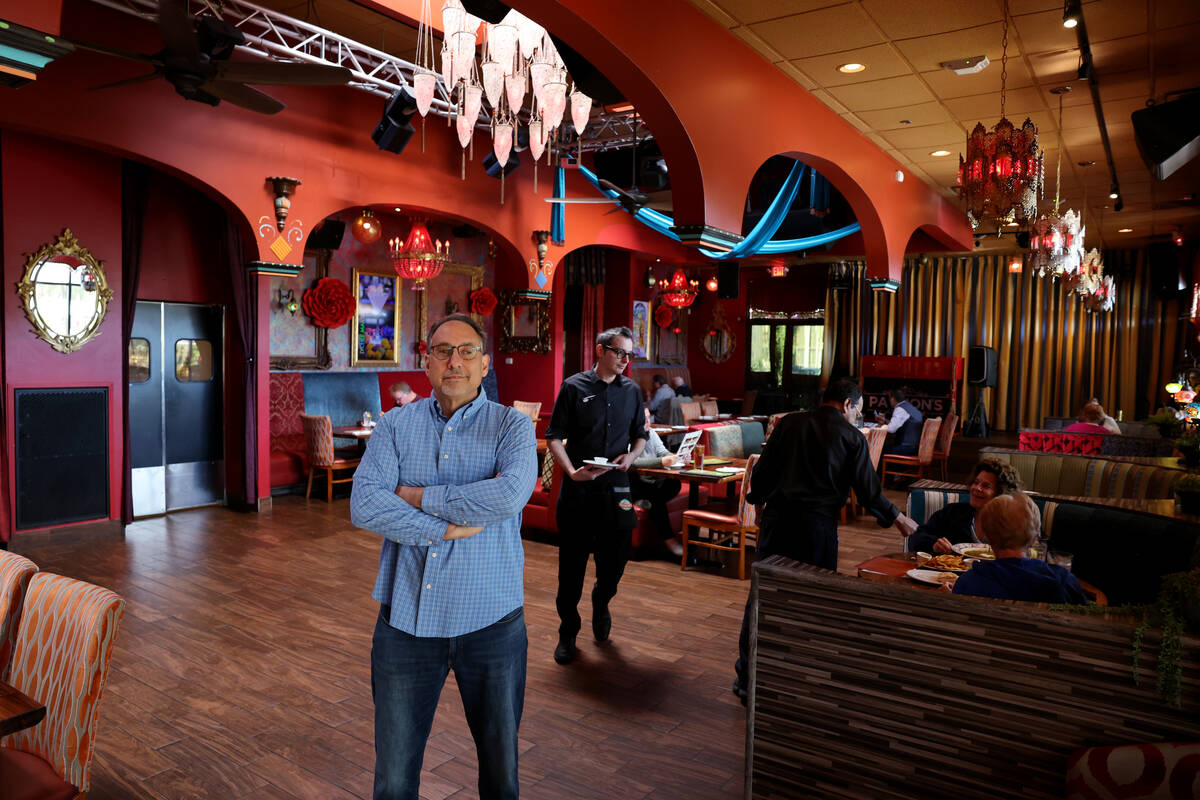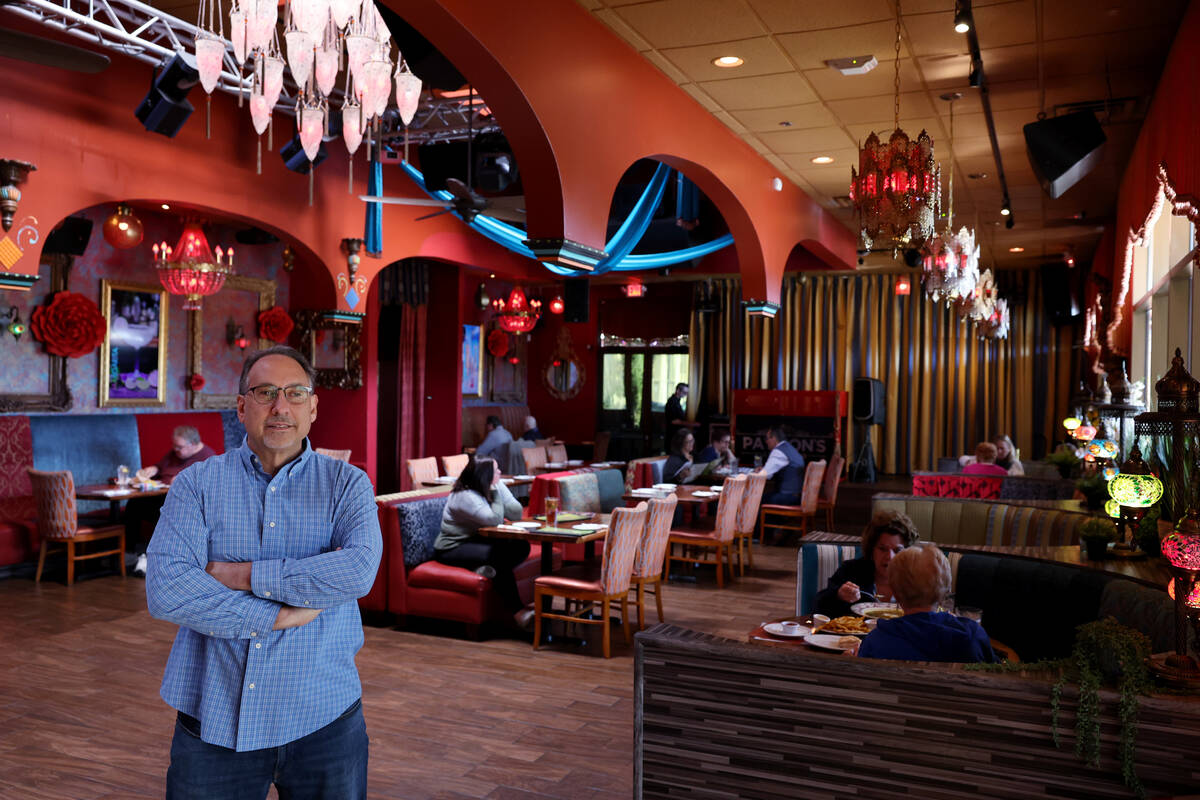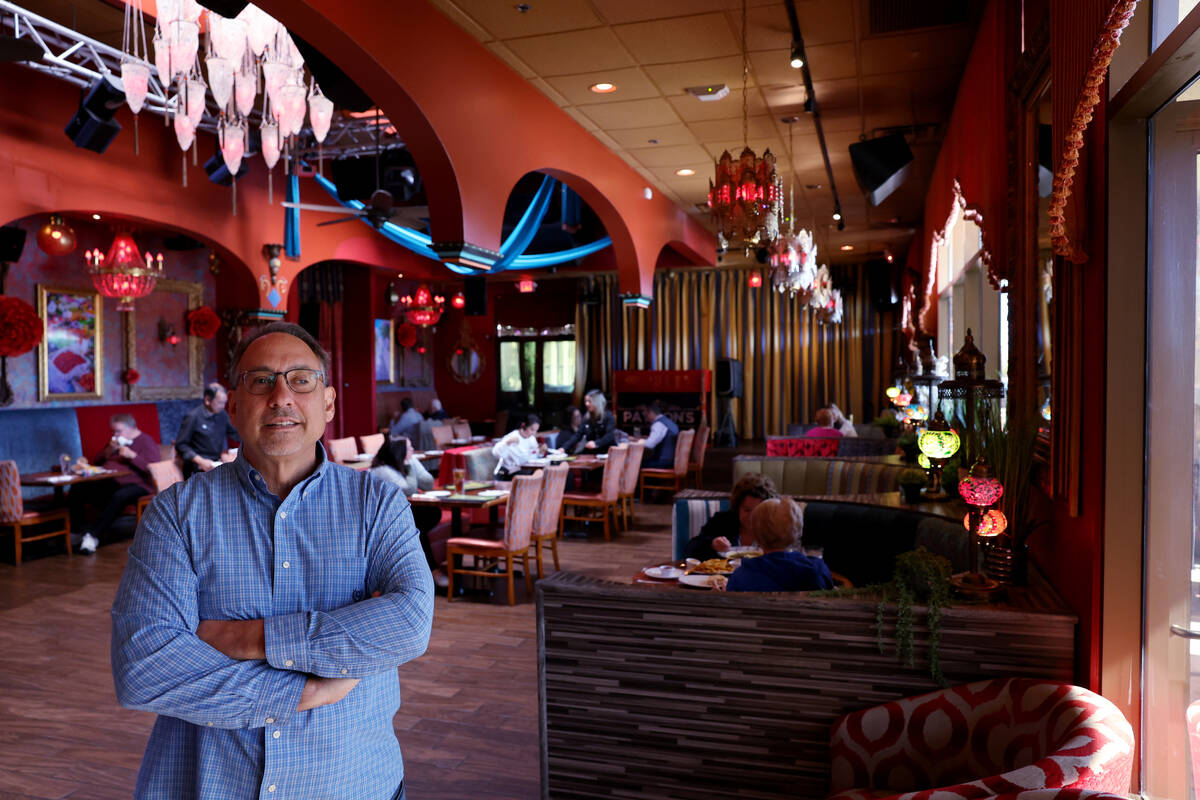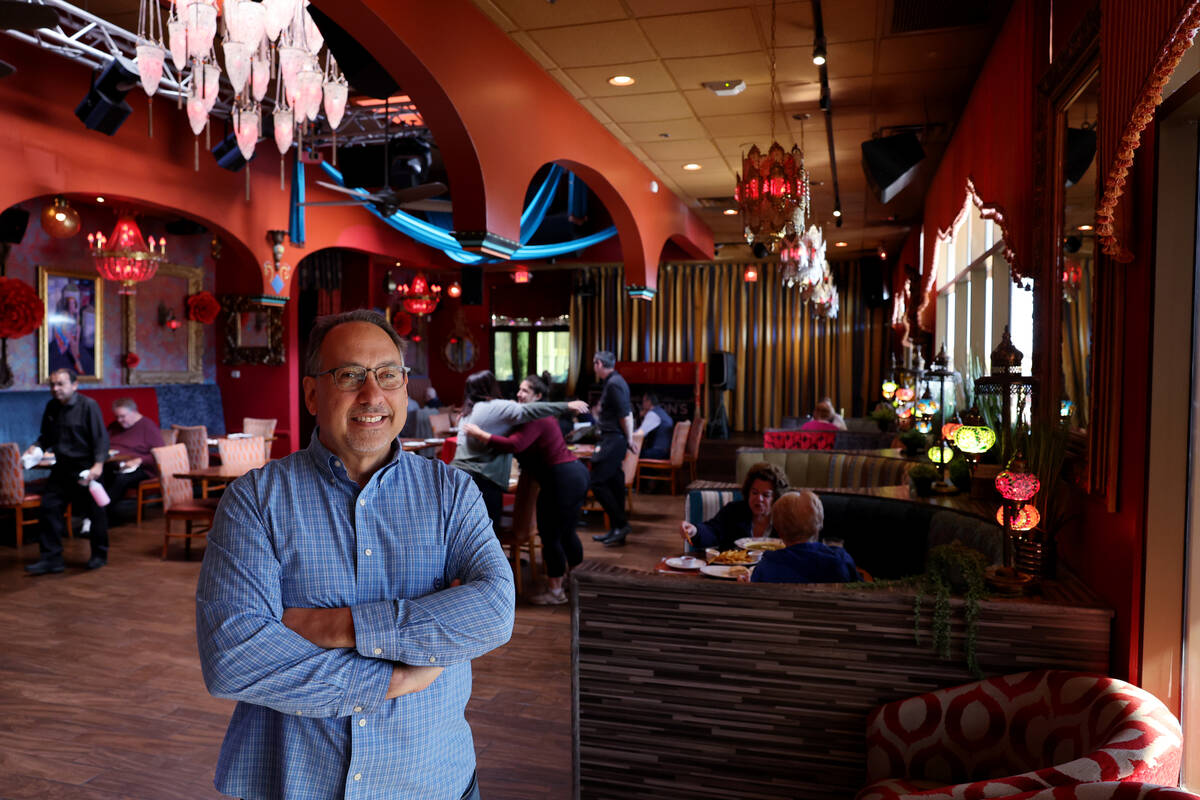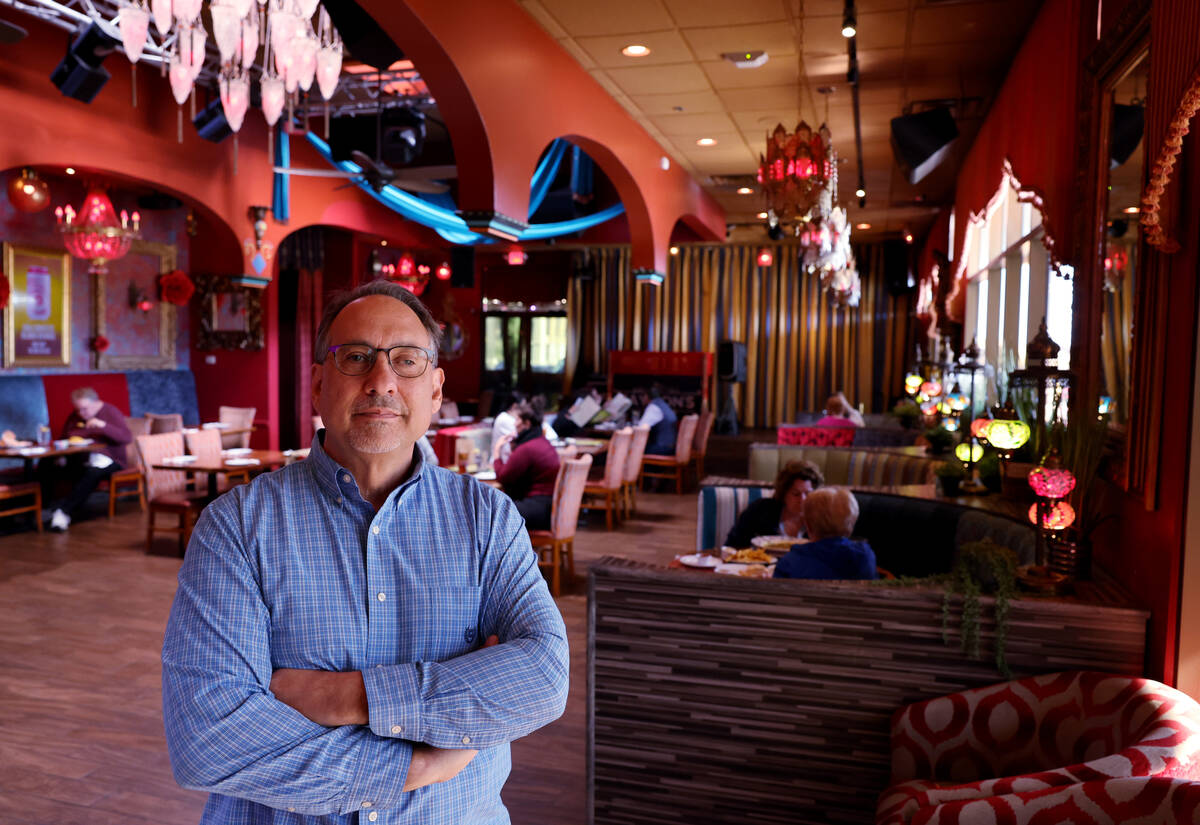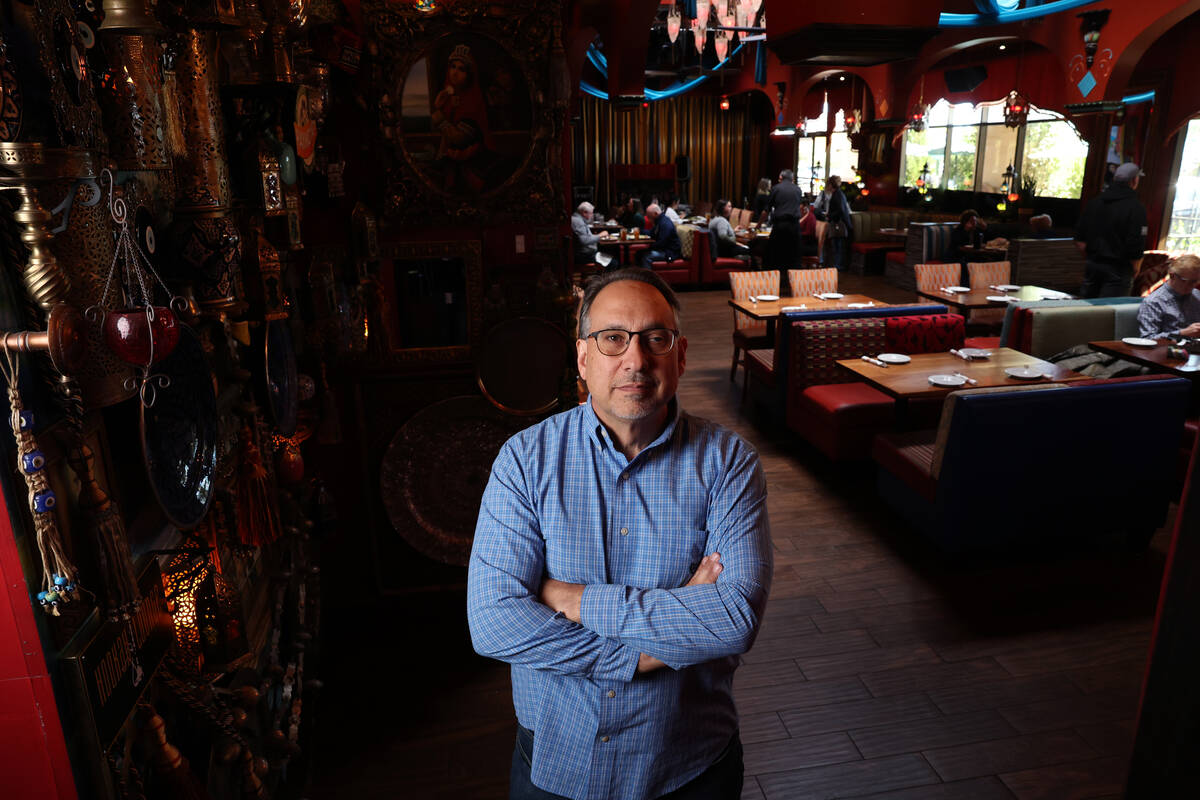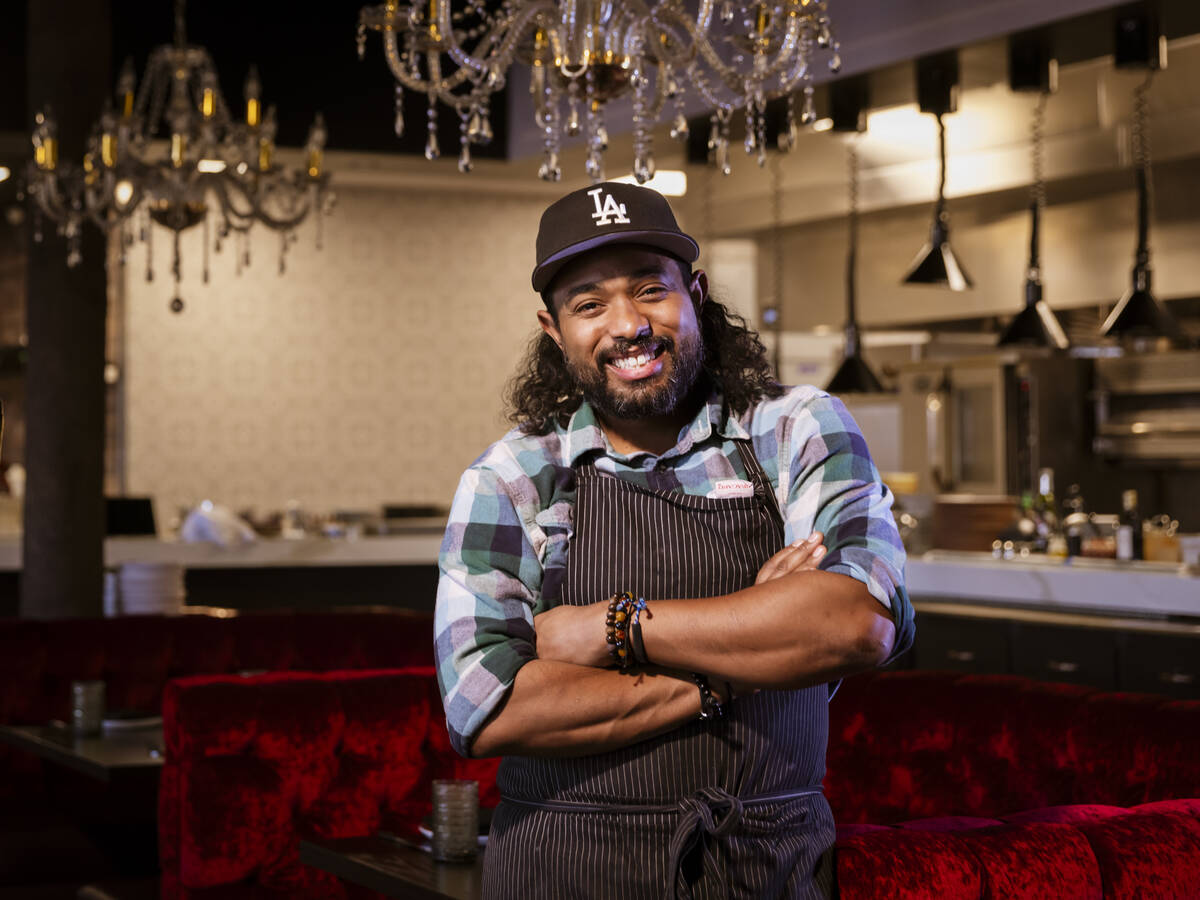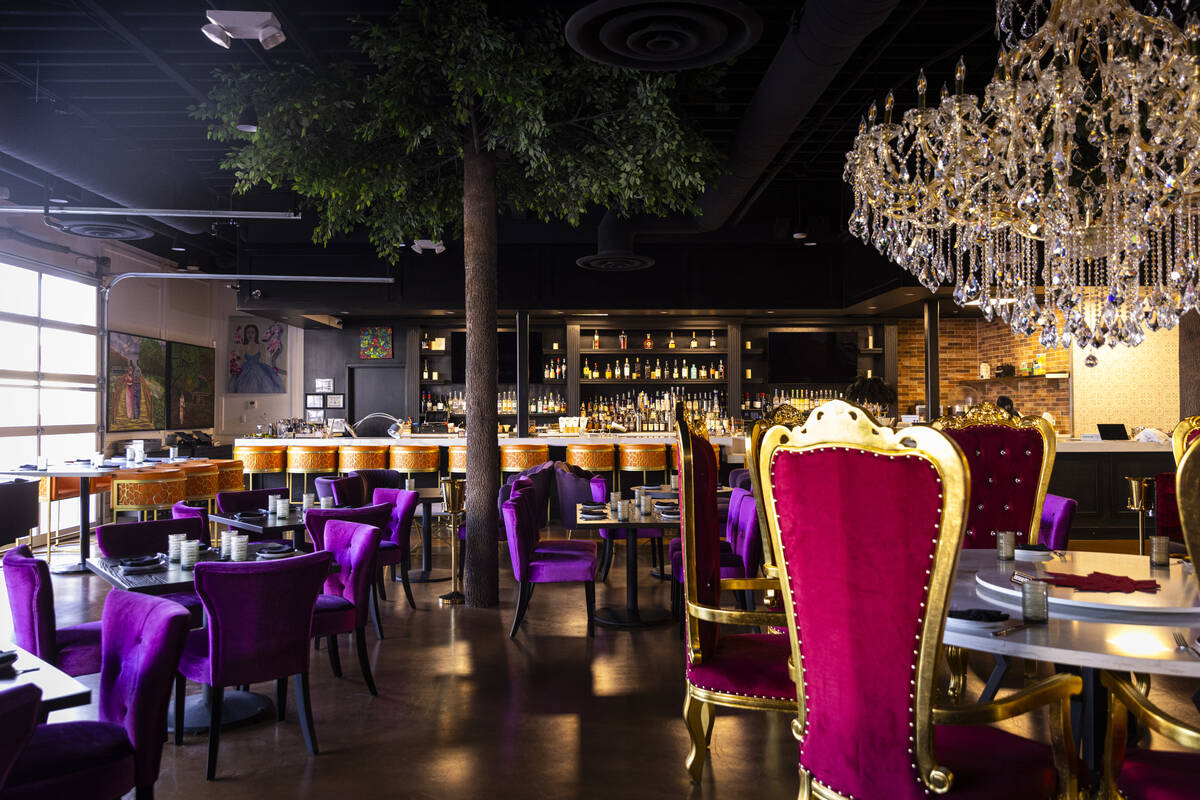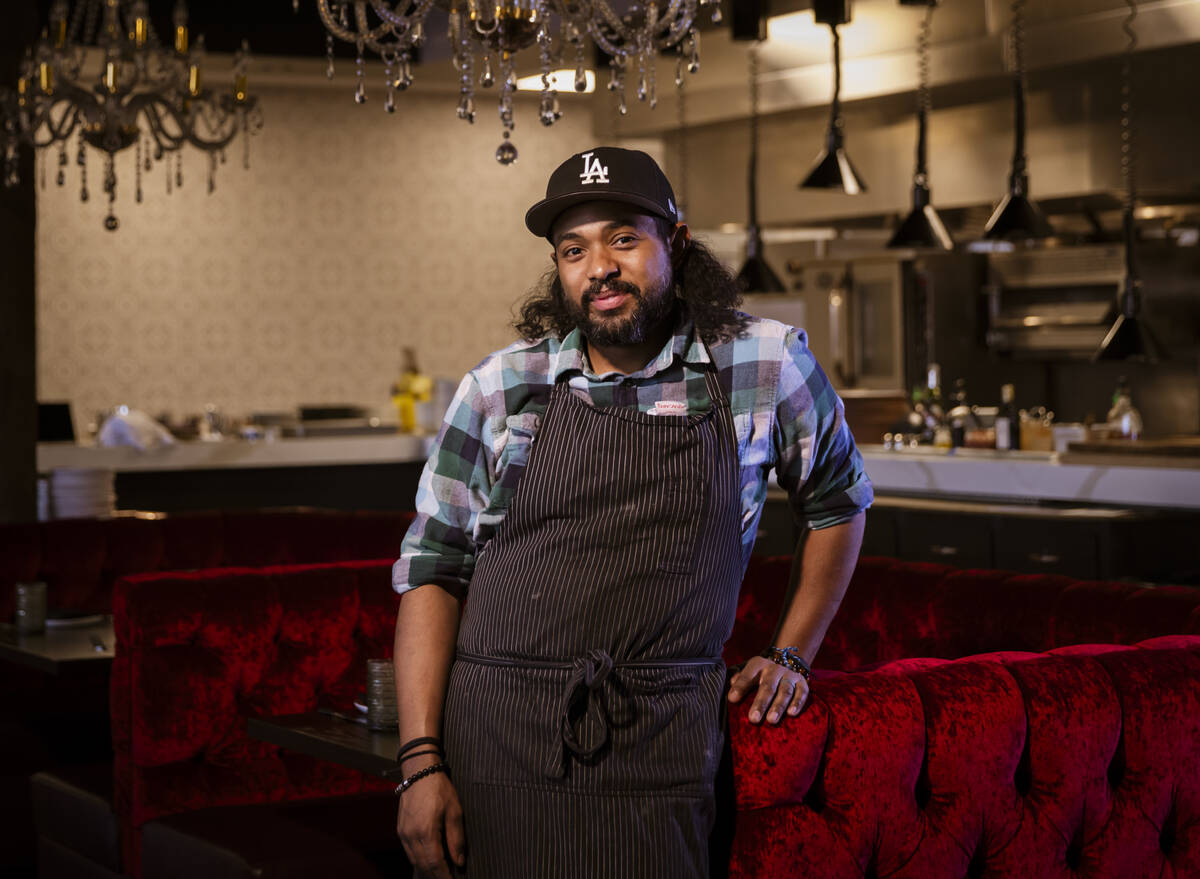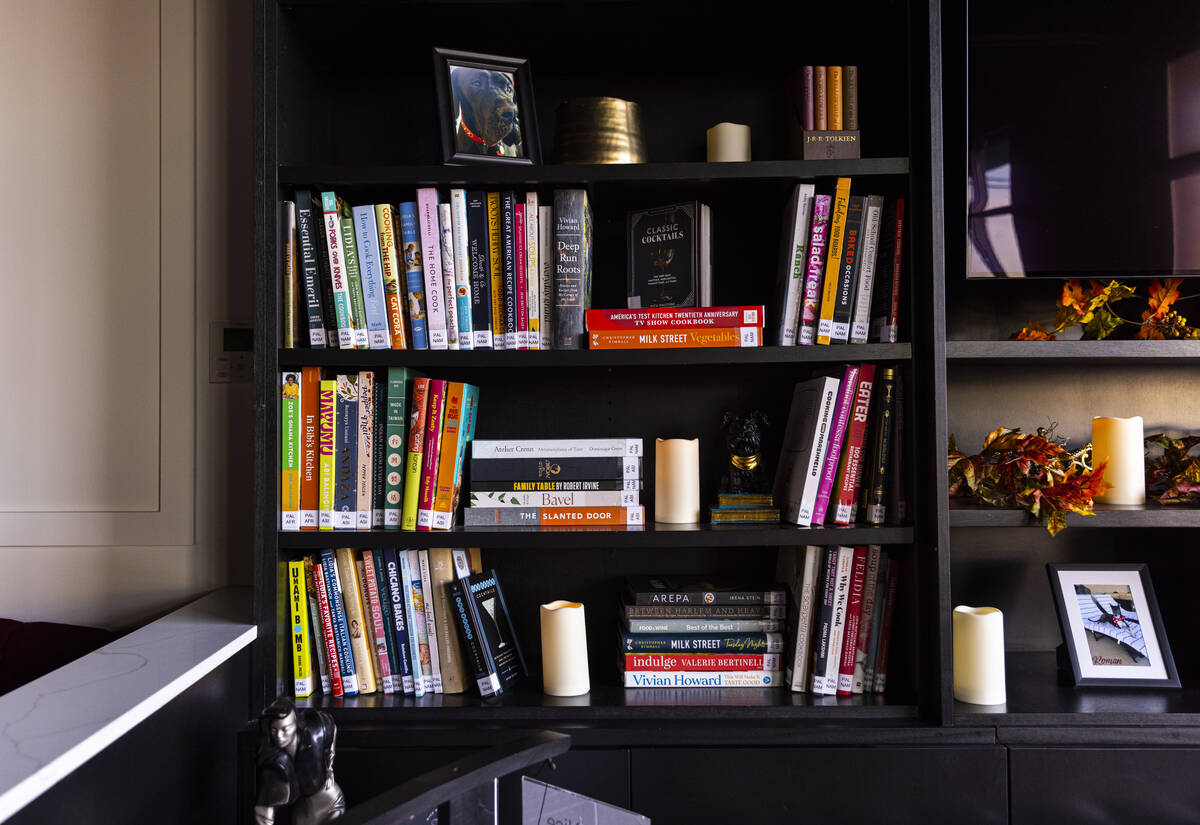Why restaurant prices are so high in Vegas — and how restaurants are coping
The statistics are startling enough.
Average menu prices increased more than 27 percent from February 2020 to June 2024, according to the National Restaurant Association.
Nevada ranked fifth nationally for restaurant inflation from November 2022 to June 2023, according to U.S. Census Bureau data analyzed by USA Today.
Iced espresso, for example, brewed up a 22 percent cost increase from March 2023 to this past March, according to Restaurant Business, a leading trade publication.
Even if typical consumers can’t recite these statistics, the numbers track with what they experience in restaurants — from fast-food burritos to casual chain pasta to fine dining steaks — and with their sense of the culinary zeitgeist: that it’s more expensive to eat out than ever before.
“People are getting hit everywhere,” said Joseph Lema, a professor of hospitality at UNLV, who studies restaurants.
Las Vegas has followed national trends when it comes to price hikes for fast food (i.e., Burger King), fast-casual spots (Chipotle, say) and full-service chains (Texas Roadhouse, for one).
But with independent restaurants, the picture is more nuanced in Vegas because of the significant hospitality industry (most notably, the Strip) and because of the city’s emergence in the past two decades as a global dining destination on and off Las Vegas Boulevard.
Even flowers matter
Across all restaurant types, the first question about rising prices is: Why? The quick answer is inflation. Restaurants often pass on to consumers the cost of jumps in food, labor, nonfood items and fixed costs (rent, utilities, insurance and so on).
Independents don’t enjoy the advantages of national chains, which can rely on economies of scale, extensive branding and marketing efforts, and volume pricing with suppliers.
Which means independents must especially juggle increased costs; consumer pushback against rising prices; and the ability of Strip properties to pay employees more and absorb cost swings.
At The Stove, an elevated breakfast, lunch and brunch spot in Henderson, owner Tyra Bell-Holland said people today are less willing to dine out with their discretionary income. As a result, “you’ve got to be super, super in touch with your differentiators,” she said. “You’ve got to touch the tables. ‘If you had an amazing time, we would leave a review.’ You can’t just serve two eggs and bacon.”
“We do a menu analysis every month,” she added. “What should we revisit? It goes all the way down to the edible flowers on the cocktails — maybe they don’t need to be so large. Maybe we can use smaller flowers, be a little demure. Every penny counts.”
‘Mind-boggling’ cost increases
Jeff Ecker is president of the Paymon’s restaurant group, which opened its first Vegas location in 1988. From mid-2021 to mid-2024, his food and labor costs rose 51.9 percent, he said, while sales increased by only 2.6 percent.
“You can see how mind-boggling that is — the costs outpaced the sales by 49.3 percent in that period. That doesn’t include rent, insurance and maintenance costs that have risen because of inflation,” he said.
Expensive animal proteins like beef, lamb and seafood, whose price fluctuations are well known, rose in cost by 20 to 22 percent in the past three years, Ecker said. But so did items that customers might not think of.
A 20-pound container of clarified butter, which Paymon’s relies on for its Middle Eastern menu, went from $66 to almost $117, while a case of 15 dozen eggs climbed from about $18 to about $44. Paymon’s party platter fetches $99; the tray itself is $10, more than 10 percent of the cost.
“It’s beyond our control. Distributors are setting the prices. I use six different vendors. And they’re hitting us with delivery fees, too,” Ecker said.
The role of delivery services
What’s more, Ecker and owners said, people now expect restaurants to offer delivery through third-party services, a habit customers developed during the pandemic. The fee paid by the restaurant could be up to 30 percent of the order. Sales might increase, but so does this expense that’s effectively a fixed cost.
“Restaurants can’t avoid it because competitors might get the business, and you run that risk of customers tasting competitors’ food,” Ecker said, describing another reason that independents are “up against it.”
With the increase in restaurant prices everywhere, Ecker said he’s noted changes in customer behavior at Paymon’s: fewer visits by regulars, skipping appetizers for the table, choosing the less expensive chicken kebab instead of the lamb kebab, forgoing after-dinner drinks.
Amid all the challenges, Ecker said Paymon’s prices have increased only by about 10 percent in the past three years.
“I believe that if you raise your prices where you should be to maintain your margins of profitability, you’re going to lose customers permanently,” he said. “Paymon’s is able to sustain itself because we have put money away for these downturns in the economy.
“What we’ve done is either taken a loss or break even. We’re maintaining those customers, and when things normalize, we will be in a better position than some other restaurants.”
Why shipping routes matter
Over in Chinatown, Joe Muscaglione co-owns ShangHai Taste, one of the anchors of the neighborhood. This year, he and his business partner Jimmy Li, a James Beard Award-nominated chef, opened an outpost in southwest Vegas. ShangHai Taste also recently expanded to the Dallas area.
Muscaglione offered another reason for the rise in restaurant prices in Vegas: shipping routes.
“I was told by a shipping broker, if we were to order a case of cabernet sauvignon from Napa, once the delivery truck comes here, what does it put back on that truck to get out of here?” he asked. “What are we going to send back to Napa — slot machines?”
This lack of reciprocity, Muscaglione said, contributes to higher costs. “These are things people don’t see.”
In tough times, kitchen thrift
Sterling Buckley, executive chef of the new Palate restaurant, a modern American fine dining spot in downtown Vegas, previously worked at Honey Salt near Summerlin and at La Cave in Wynn Las Vegas, among other stints. Palate, which debuted in May, hasn’t been open long enough, he said, to establish firm numbers.
But the economic environment has made it more essential than ever to practice kitchen fundamentals to contain costs and keep menu prices acceptable to diners, he said.
“You’ve got to use everything you’ve got,” Buckley explained. “We buy our chickens whole, tenderloins whole, fish whole. I’m putting in the labor to break it down. This is where you really are a chef. Chicken bones to make demi-glace, peelings for vegetable stock, dehydrated fish to put into my XO sauce. You have to manipulate everything.”
Strip power
No discussion of Vegas restaurant prices would be complete without an examination of the Strip, which makes Vegas unlike any other restaurant city.
On the one hand, the Strip compounds labor challenges for some establishments.
“Independent restaurants generally cannot afford benefits, and we are up against a Goliath. We don’t have endless foot traffic,” said Ecker, the Paymon’s president. “We have to deliver a product that is so well done and consistent because locals are experts when it comes to the business.”
On the other hand, large gaming properties offer some of the world’s most exciting dining experiences, and properties are less affected by the vicissitudes of food cost.
“Casinos can deliver those seafood buffets because they can absorb those fluctuations,” said Lema, the UNLV professor.
That said, there’s no question dining on the Strip is pricey these days, with lunch for two at a casual spot easily $100 and dinner for two at a fine dining restaurant consistently at least $300, and frequently more (and that’s without a bottle of wine). But will people continue paying such prices?
For many visitors, those costs remain sustainable, Lema said, adding, “This is a place where people splurge.” For Vegas residents, there’s what he called a spillover effect from the Strip — restaurant prices there somewhat acclimate folks to higher restaurant prices citywide. “Locals see other people spending, and it bleeds out,” he said.
In Vegas, Lema said, consumers are making a mix of dining choices in response to current restaurant prices.
Sometimes, “people are moving to higher-end deli items, higher-end prepared food or meal kits, that they are getting at the same time they get groceries instead of dining out that night,” he said. Sometimes, folks are looking for discounts or promotions from casual places, such as loyalty programs or combination meals.
And sometimes, people want to dine finely, with all the ambiance, service, wine, mixology, creative cooking and kitchen talent that entails. “Fine dining is an experience you’re looking for,” Lema said. “That’s why I think fine dining will hold its own.”
Because in Vegas, there’s always someone who wants caviar.
Contact Johnathan L. Wright at jwright@reviewjournal.com. Follow @JLWTaste on Instagram.



